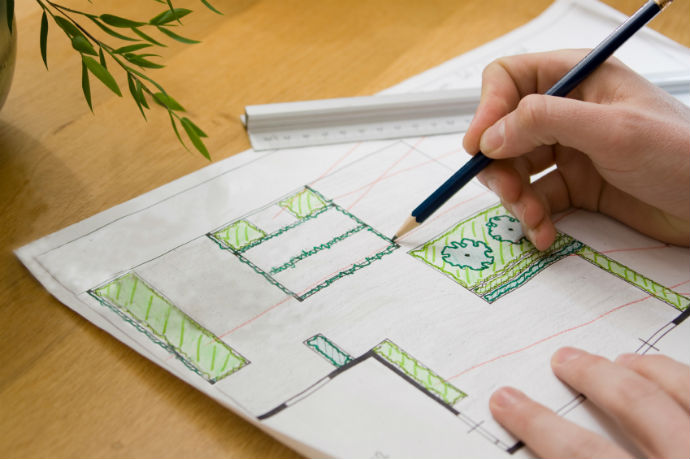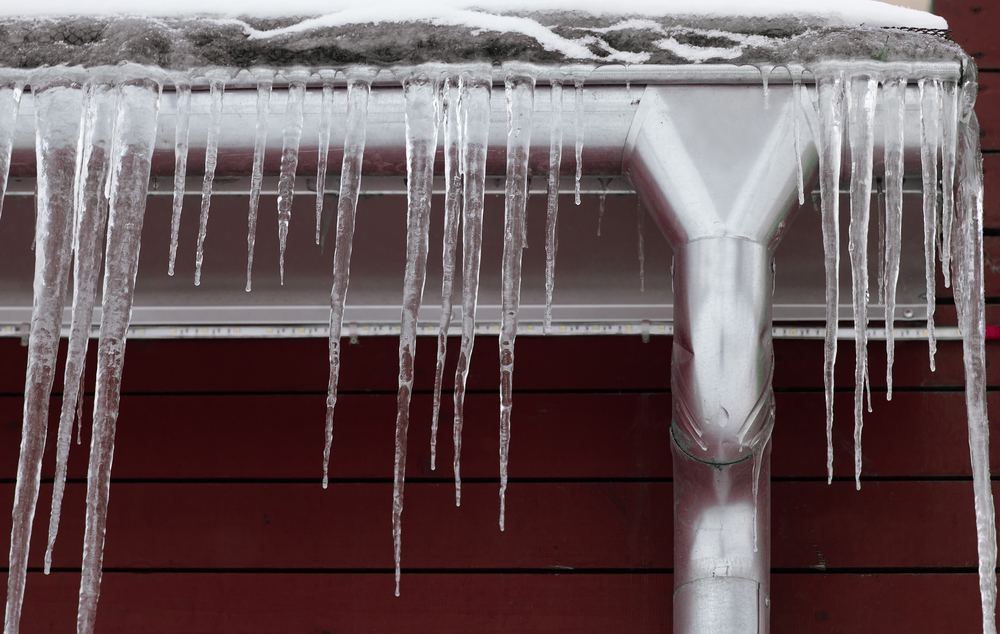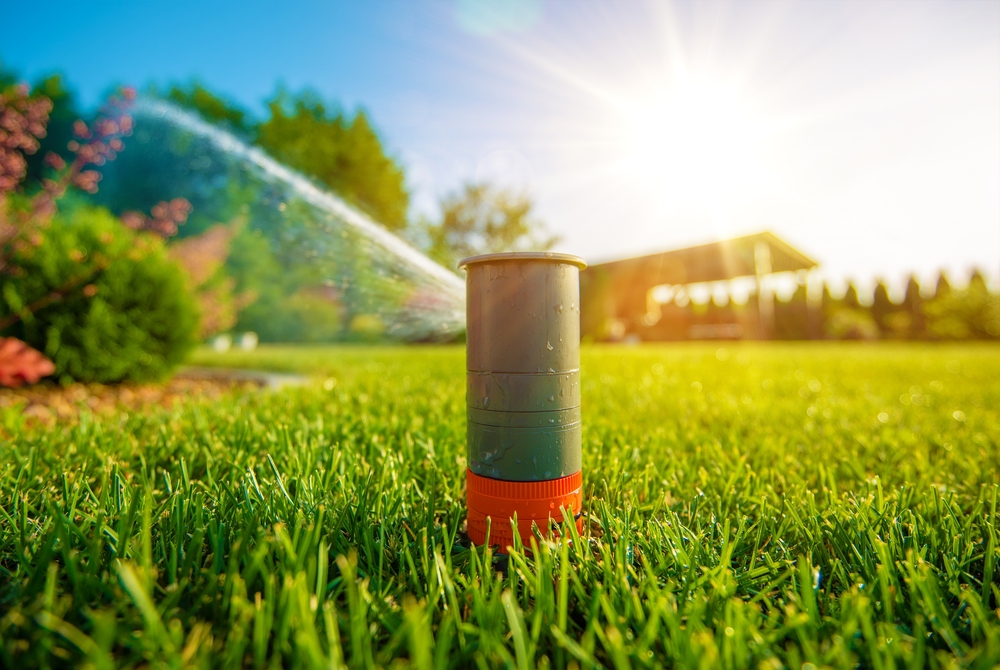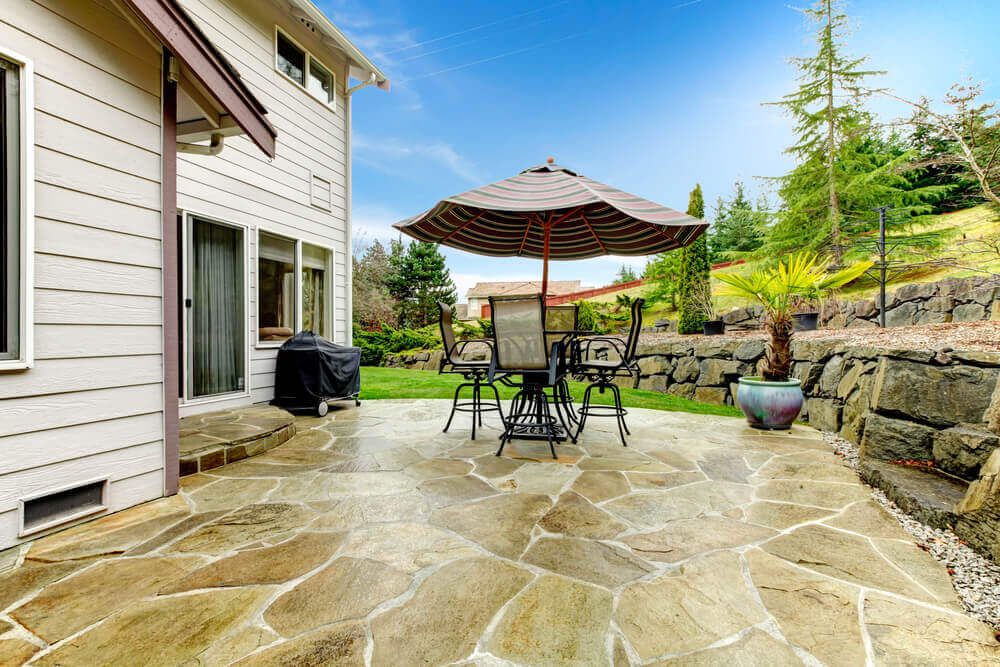6 Tips for Long-Term Landscaping

Just as important to a rental property as a long-term budget is a vision of the future landscape. A new landscape has plenty of appeal at installation, yet years later can look very different as a result of changing environment, age, and maintenance.
Consider that newly planted tight line of Bradford Pears in the small median between the sidewalk and lane. It’s going to grow taller and wider, and even though trimming will help, the more the tree grows, the less light will be available to support the grass underneath. It will turn brown and have to be replaced at a cost.
“A good long-term plan might mean spacing trees farther apart to allow for compatibility of each as canopies grow wider and produce more shade,” says Chris Lee, president of Dallas-based Earthworks. “Rather than planting grass underneath, a permanent ground cover or rock might have been a better choice, especially if tree trimming gets cut from the budget during leaner times.”
A long-term landscape strategy will not only help minimize expenses but ensure that the property always looks its best down the road, he adds.
Planning Ahead for Planting Ahead
More often than not, trees and plants grow faster than landscape budgets. But a landscape-on-the-run approach without proper long-term planning could mean a significant expense to property owners as well as diminish the appeal of the rental property over the course of many years. How will your property look in a year or a decade from now as your landscape matures and the budget goes through the ups and downs of economic – and atmospheric – cycles?
Property owners may have a tendency to shift gears and re-landscape, at a hefty cost, depending on weather conditions. In drought, installing plants that require low water is a good idea, right? But what happens when wetter conditions return and drown the landscape? A new landscape may have to be installed, washing away the original investment.
Lee suggests adopting a theme as part of your long-term plan and sticking to it. The beauty of a long-term plan is that small, low-cost adjustments can be made along the way while staying within a central theme or adapting new trends.
“In reality, nobody has the money to come in and re-landscape this property all at once,” Lee says. “But if you’ve got that plan and you stick with it, 10 years down the road magically you’ve done that total overhaul without a lot of upfront money. You’ve stayed consistent, you stayed the course and you haven’t wasted any of that capital.”
Here are six things, according to Lee, that owners and property managers should consider when creating a long-term landscape plan that will ensure their rental properties retain a consistent look without breaking the budget:
1. Long-Term Landscaping Requires Vision
Look at your horizon on the property and set a goal. Is the goal to create as much shade and greenery for the property as possible, or is it maintaining a clean-cut, colorful landscape that needs plenty of sun?
2. Consider Landscape Maturity
Plants will grow to maturity under normal growing conditions. Envisioning what the property will look like as plant life matures and being prepared to make changes as necessary is half the battle. You can bet that planting a young bush or tree in a small area could lead to larger issues like overcrowding and disease as it grows. Fitting the plant to the area likely will be easier on the budget in the long run.
3. Manage Impact of Sun and Shade
Often, only the strong survive as plants and trees compete for water, sunlight, and nutrients. A colorful plant may co-exist peacefully next to a tree, but as the tree grows and its canopy spreads it will be starved of precious sunlight. Anticipating that kind of scenario in the master landscape plan is a good bet.
“It’s important to consider the interaction between plants over the long term, and how that will ultimately affect their abilities to survive,” Lee says.
4. Prepare for Changing Property Conditions
Weather and changing conditions are big factors to consider when developing a long-term plan. Lee recommends finding a good balance of plants and trees that can adapt to diverse conditions as much as possible. Extreme conditions may tempt property owners to abandon the plan and move in a new direction. But Mother Nature changes her mood.
5. Commit to Landscape Maintenance
Maintenance, maintenance, maintenance! It’s fundamental in order to stick to any long-term landscape plan. Skipping routine tree trimming, for example, will expand the tree’s canopy and affect the growth of other nearby plant life. Grass and other shrubs may die and require replanting at an additional expense.
6. Plan for Sustainable Landscaping
A long-term plan should consider this important factor and include introducing material best-suited for what lies ahead. You may not have psychic powers, but it’s fairly certain that the world water supply will continue to be an issue as the population grows, and most agree that the world is getting warmer. So planning around changing global conditions as much as possible is important.
“External factors like water supply, things that would limit ability to sustain what you have now are something that’s out of your control,” Lee says. “But as part of your long-term plan you want to take into account, slowly but surely, introducing lower water requirement plants, for example.
“That’s the beauty of a long-term landscape plan. It’s a plan.”
Image: iStock







